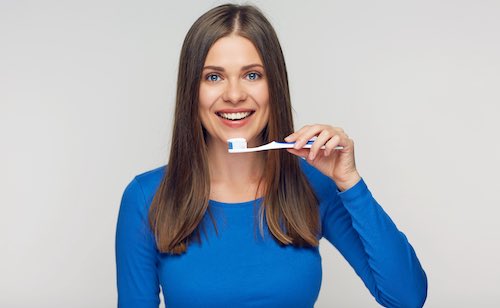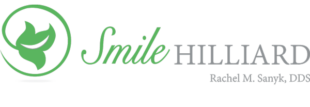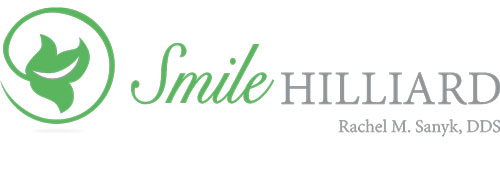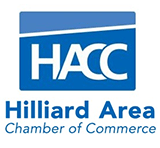
- Selecting the wrong toothbrush
- Brushing too quickly
- Avoiding the tongue
- Forgetting to brush the gumline
- Keeping a toothbrush too long
- Brushing back and forth only, and
- Brushing right after eating
If any of these sound like something you’re doing or have done, don’t worry. There’s no time like the present to break bad brushing habits and start new ones. In addition to maintaining good oral health, our team is here to help you sustain optimal brushing practices with five easy-to-follow tips.
1. Choose the right toothbrush
Everyone’s needs and preferences are different, but one thing is a must: Select a toothbrush that has earned the American Dental Association’s Seal of Acceptance. This seal indicates that the toothbrush manufacturer has successfully provided scientific verification that demonstrates efficiency and safety for the removal of plaque and reduction of gingivitis. Other things to look for include:
- Round bristles that are neither too hard nor too soft; however, note that the American Dental Association recommends soft-bristled brushes
- The right size head for your mouth – it should fit in your mouth easily, and you should be able to brush at least two teeth at a time
- A brush handle that suits your needs, which may include a non-slip, flexible neck or an angled handle
2. Opt for a smile-strengthening toothpaste
Fluoridated toothpastes strengthen the enamel on your teeth, making them more resilient to tooth decay. Contrary to what may be portrayed in commercials, a pea-size amount is all you need for brushing. Like toothbrushes, it’s important to find a toothpaste that has earned the American Dental Association’s Seal of Acceptance. The Association makes it easy to find one with their “Seal Product Shopping List” of accepted over-the-counter toothpastes. Individual needs vary, so consider a few other elements that suit yours, including:
- Whitening
- Anti-cavity
- Tartar control
- Sensitivity
3. Master your brushing technique
Brush your teeth for 2 minutes, twice a day. We recommend aiming for once in the morning after breakfast and once at night before bed. There’s no need to set a timer; just pick a song to sing in your head (or aloud), such as, “You Really Got Me” by The Kinks or “All Shook Up” by Elvis Presley. While you sing, the American Dental Association recommends utilizing the Bass technique, keeping your toothbrush at a 45-degree angle to your gums. We also recommend:
- Brushing in small circles
- Starting in a different place each time
- Brushing down to the gumline
4. Include your tongue, gums and mouth
It’s vital to brush the outside surfaces of your teeth, including back molars and chewing surfaces. However, teeth aren’t the only part of your mouth that should receive attention during daily brushing. It’s also important to brush your tongue, gums and the roof of your mouth as well. More than 700 different strains of bacteria live in your mouth. The unhealthy strains can make themselves at home in the projections, or bumps, on your tongue, which can lead to tooth decay, gum disease and other issues, like halitosis.
Gently brushing your gums helps remove plaque and food debris from your gumline. Eliminating and preventing buildup of these particles help control bacteria and reduce the potential of gingivitis, periodontitis and receding gums. Brushing the roof of your mouth helps remind you to brush areas that may usually go unattended, keeping your whole mouth healthy. This may seem a bit tedious, but addressing all areas of your mouth helps to:
- Clean away bacteria
- Prevent tooth decay
- Promote improved breath, taste and overall dental health
5. Maintain a consistent cleaning schedule
Scheduling applies not only to your teeth and mouth, but also to your toothbrush and scheduled appointments with our office. In addition to brushing twice a day, practicing a solid technique and using the proper tools, it’s also important to maintain a consistent schedule for everything associated with your dental routine. We recommend scheduling dental appointments ahead of time, so they take priority in your schedule. You can also sign up for a subscription service that automatically sends you a new toothbrush on a set schedule. Whatever combination you choose, important timelines to mark on your calendar include:
- Routine cleanings and exams every six months
- Toothbrush replacement every three or four months (or when the bristles begin to look frayed)
- Cleaning of toothbrush covers and containers every two weeks
Contact Us
Do you have questions or would like to make an appointment? We’re here to help. Give our office a call at (614) 881-5771 to speak with a member of our team. Smile Hilliard accepts many dental insurance plans, offers convenient appointment times, and provides dentistry services for the entire family.
We look forward to hearing from you!





